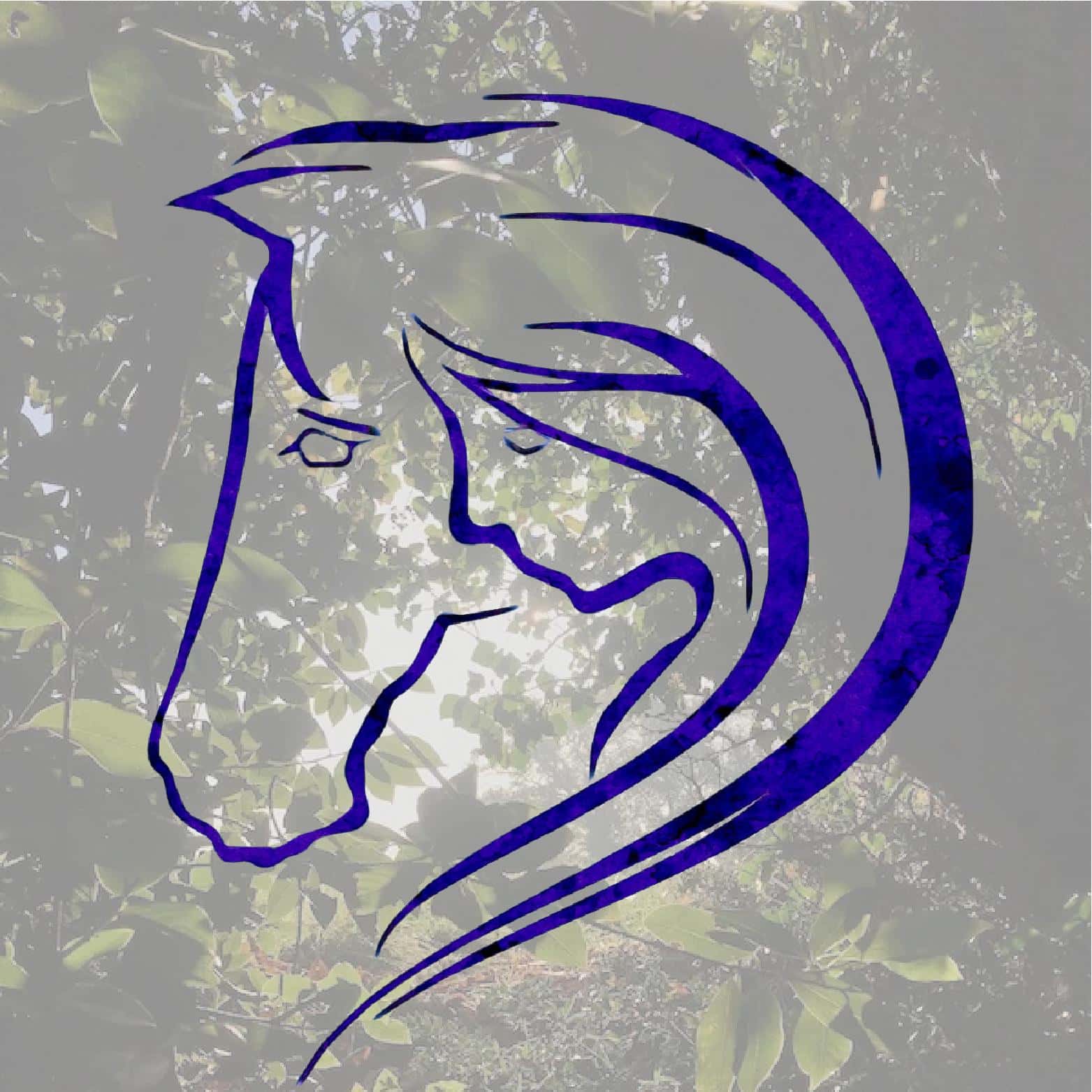How to Train A horse Without Force is an eBook in two parts offering the kindest way to train and ride a horse. The eBooks are for free download and print to make them as accessible as possible.
As a herd we shifted our focus into dialogue, and healing the issues of domination and control that can so easily arise when working with horses. This doesn’t mean that our training of the past is obsolete. The truths we discovered together brought us to the intimacy and trust we have now.
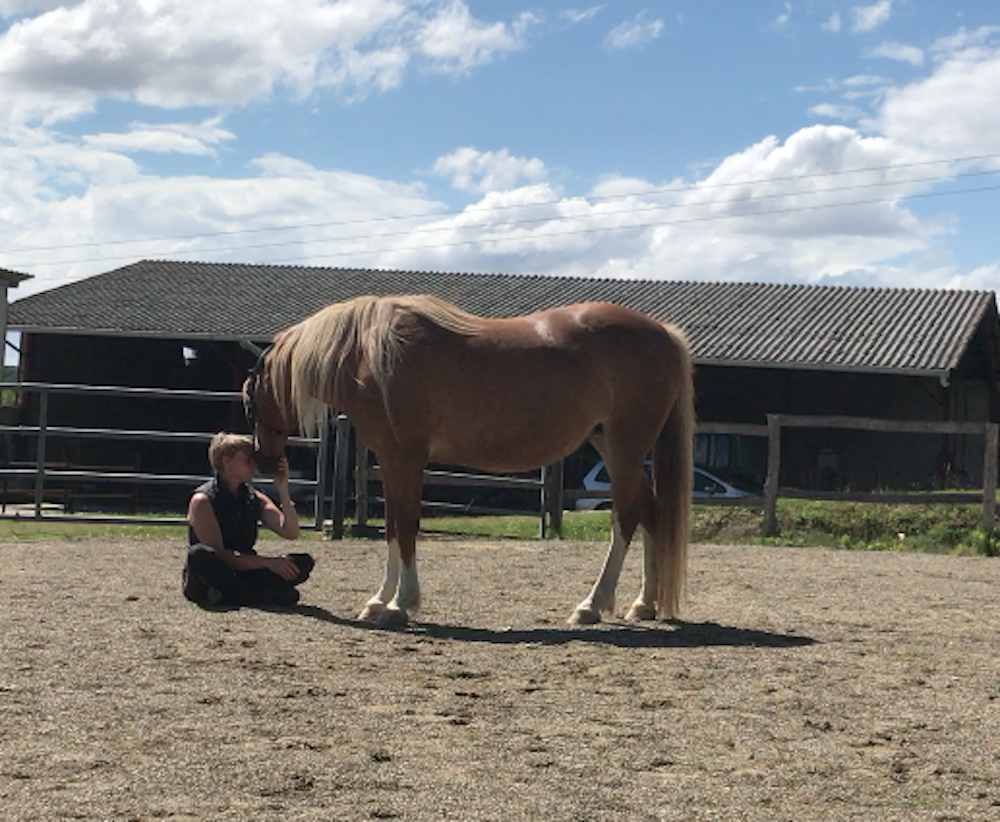
The horse world is going through some radical changes on a spiritual level. Our collective awareness is changing and we are opening our hearts to ourselves and the horses in our lives. We are beginning to see that we have a lot to learn and that horses have a lot to teach us. What a wonderful awakening time it is!
Holistic Horsemanship
In the 1990’s my sister and I embarked on a study to discover how to make horses lives as fulfilled as possible. Originally we wanted to know this because happier horses enjoy working more and we loved riding! Riding is an opportunity to transcend the separation of our two bodies and become one expression of balance and harmony.
We found that the root disturbance in this connection was tension in the horse and we made many changes to resolve that tension.
Much of the tension rooted back to management practices, and the reasons and solutions we found are covered mostly in Part 1.
There was also much to learn about how we relate to and handle horses on a day to day basis.
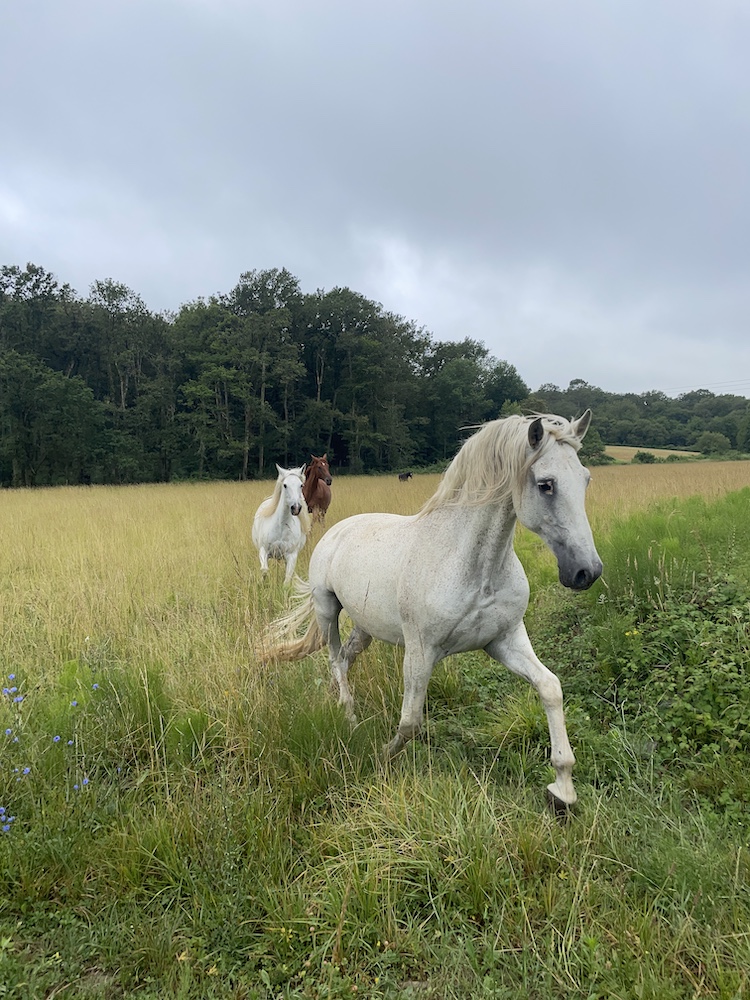
Balance is Harmony
Holistic management practices are relatively well documented however, so perhaps the most valuable contribution the eBooks offer is the training principles themselves. Horses are physical creatures and particularly conscious of their athleticism. We found that when a horse is moving in balance, they are calm. The vast majority of horses do not move in balance during their training, because their natural way of moving becomes unbalanced when constrained by the limits we put on them.
As soon as we start to interfere with how horses move, limiting the space around them, and the way they use their body, the lack of balance arises and the tension begins.
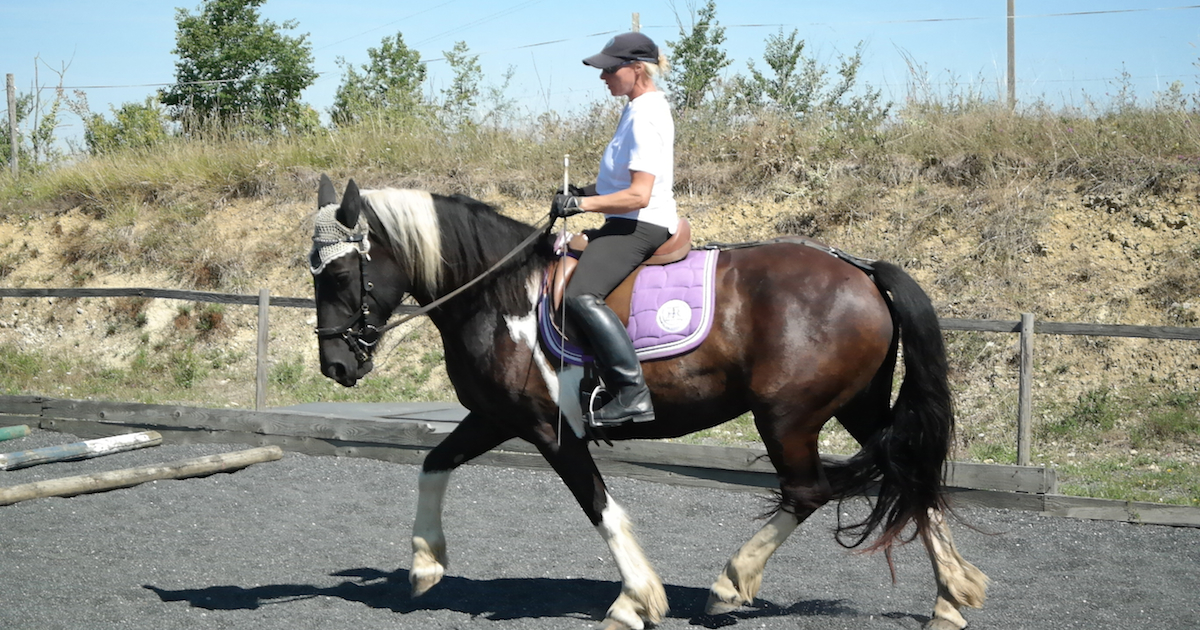
How to Train A Horse Without Force is about balancing a horse so they will remain calm and be able to move in a way they can enjoy. Part 1 is a preparation for riding and Part 2 is taking a horse through the first stages of riding itself.
The book is a training manual starting with a young un-manipulated horse and finishing with accomplishing basic riding exercises. Of course the training principles and process can be applied to any situation and age of horse and rider.
The eBooks are comprehensive, taking each phase of the training process and going into depth. They are both about the approach and the technique. In Part 2 there is a particular focus on the rider’s posture and aiding methodology. Much of the reason that training a horse is so challenging is that there is just so much to it and so many different factors involved. There are some fundamentals however, which apply to every situation, and these gradually emerge throughout the books.
The Kindest Way to Train
These days I have a different perspective on training. I no longer ride with a saddle, bit or whip. For me it is all about mutual willingness and taking joy in each other’s company. I also understand that this is my journey and my personal preference.
As long as people are still keen to ride and train horses, I want my book to be available to support and help them do it in the kindest way possible.
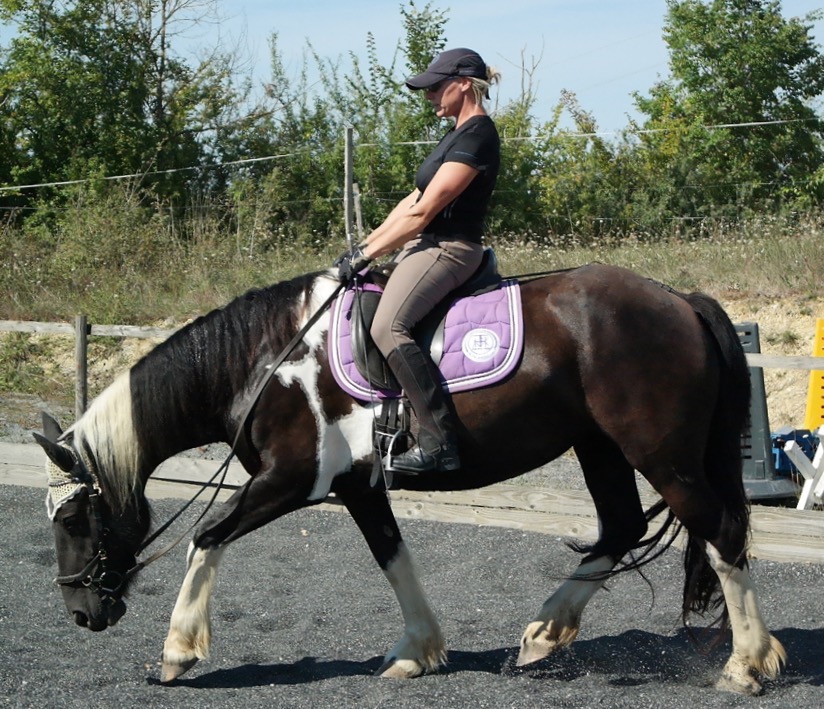
How To Train A Horse Without Force Part 1
How To Train A Horse Without Force Part 2
If you enjoy the books and you wish to flow something back, donations are gratefully received 💛
